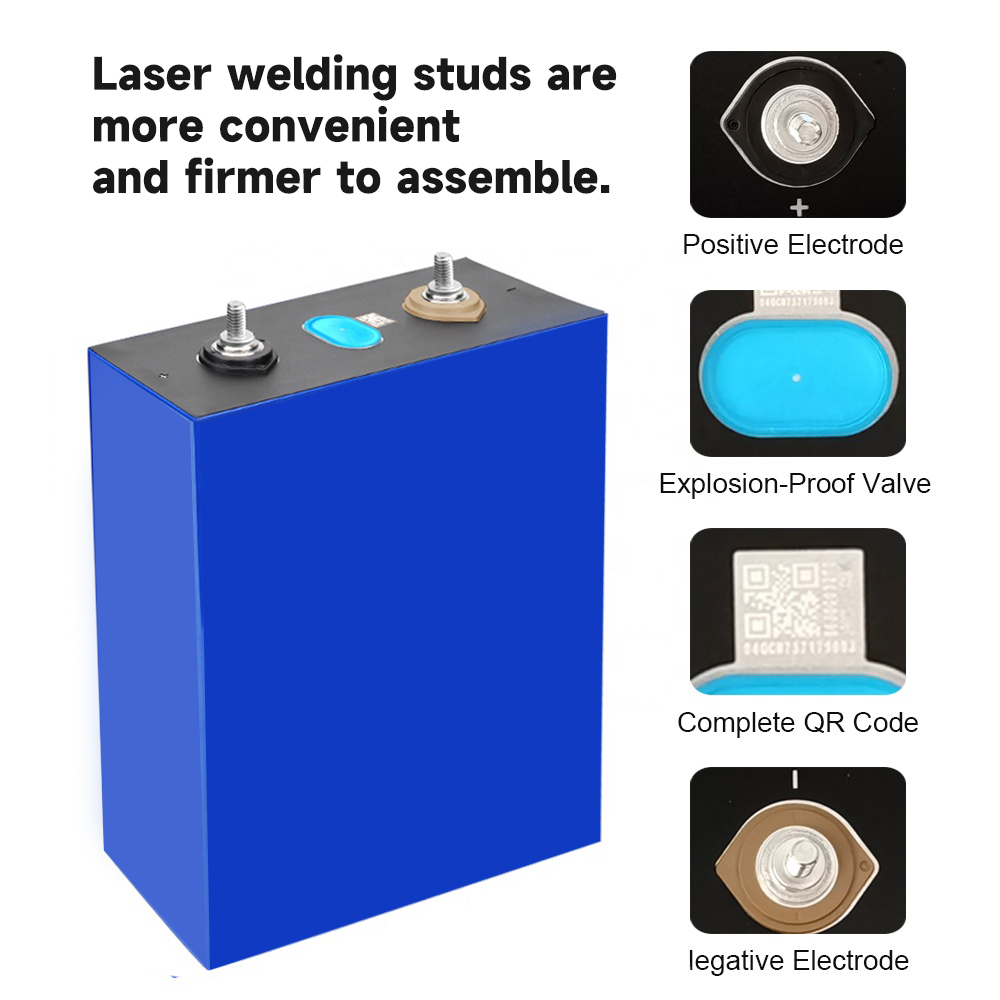

Most people in the battery industry know that the stability of the charging and discharging state of lithium batteries is greatly influenced by temperature changes. When lithium batteries are charged and discharged in high and low temperature environments, their capacity retention rate decreases. Among all environmental factors, temperature has the greatest impact on the charging and discharging performance of lithium batteries, and the electrochemical reaction at the electrode/electrolyte interface is related to environmental temperature, The electrode/electrolyte interface is considered the heart of the battery. If the temperature drops, the reaction rate of the electrode also decreases. Assuming that the battery voltage remains unchanged and the discharge current decreases, the power output of the lithium battery will also decrease. If the temperature rises, it will be the opposite, that is, the output power of the battery will increase, and the temperature will also affect the transmission speed of the electrolyte. If the temperature rises, it will accelerate, and the transmission temperature will decrease, and the transmission will slow down. The charging and discharging performance of the battery will also be affected. But the temperature is too high, and lithium-ion batteries are increasingly widely used in people's production and life over 45 ℃. This makes its temperature environment a focus of attention. Relatively speaking, lithium-ion batteries are more prone to safety issues in high-temperature environments. Therefore, it is necessary to test the high-temperature performance of lithium-ion batteries and compare them with their room temperature test data.
The change in temperature directly affects the discharge performance and capacity of lithium batteries. As the temperature decreases, the internal resistance of the battery increases, the electrochemical reaction speed slows down, and the polarization internal resistance rapidly increases. The discharge capacity and discharge platform of the battery decrease, affecting the output of battery power and energy. For lithium-ion batteries, the discharge capacity drops sharply at low temperatures, but at high temperatures, the discharge capacity is not lower than room temperature, and sometimes slightly higher than room temperature capacity. The main reason is that the migration rate of lithium ions increases at high temperatures, and lithium electrodes do not decompose or form hydrogen gas at high temperatures, as nickel electrodes and hydrogen storage electrodes do. When the battery module is discharged at low temperature, as the discharge proceeds, heat is generated due to resistance and other reasons, causing the battery temperature to rise, manifested as an increase in voltage. As the discharge proceeds, the voltage gradually decreases.
At present, there is no clear theoretical support for the internal resistance, discharge platform, lifespan, capacity, and other necessary connections in the lithium battery industry at various temperature performance levels. Relevant calculation formulas and mathematical models are still in the exploratory stage. In practical experiments, it has been proven that lithium batteries are not sensitive to temperatures in the range of 0-40 ℃. If the temperature changes below 0 ℃ or above 40 ℃ during charging and discharging, the cycle life and capacity of lithium batteries will be lower than normal values. The larger the temperature range, the less capacity and life there will be. For example, when it comes to winter, especially in colder regions in the north, the battery life of mobile phones is much shorter than that in summer. This is related to temperature changes, not the reason why mobile phone batteries are not durable.

Popular recommendation
cr2032 button battery.Improvement of power battery performance from high-power fast charging
2023-10-08no 5 alkaline battery.Latest research progress on rational design of high-performance alkaline secon
2023-10-0918650 battery 3.7v 6000mah.What is the significance of studying the health status of lithium-ion bat
2023-10-0818650 battery pack.Introduction to the recycling and processing process of dry batteries
2023-10-09lithuim ion battery 18650.What is the difference between 18650 lithium battery and 26650 lithium bat
2023-10-13R6 Carbon battery.The Australian Standards Association announces new specifications for the installa
2023-10-09aaa battery alkaline!Graphene aerogel may help promote the development of lithium-sulfur batteries
2023-10-08AG Coin battery
2022-06-18Nickel Metal Hydride No. 5 battery.Key technologies related to high-temperature nickel-metal hydride
2023-10-08CR2477 battery.The world's most advanced consumer-grade battery technology is here
2023-10-08button battery 2025.Low temperature characteristics of lithium iron phosphate cathode material
2023-10-10603450 polymer battery.Innovation of power battery drying process under high nickel system
2023-10-08